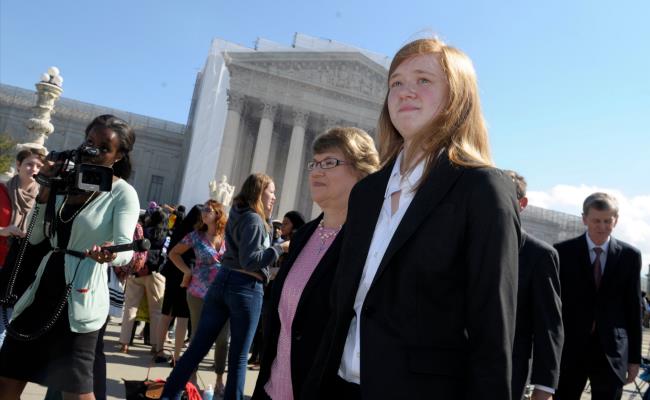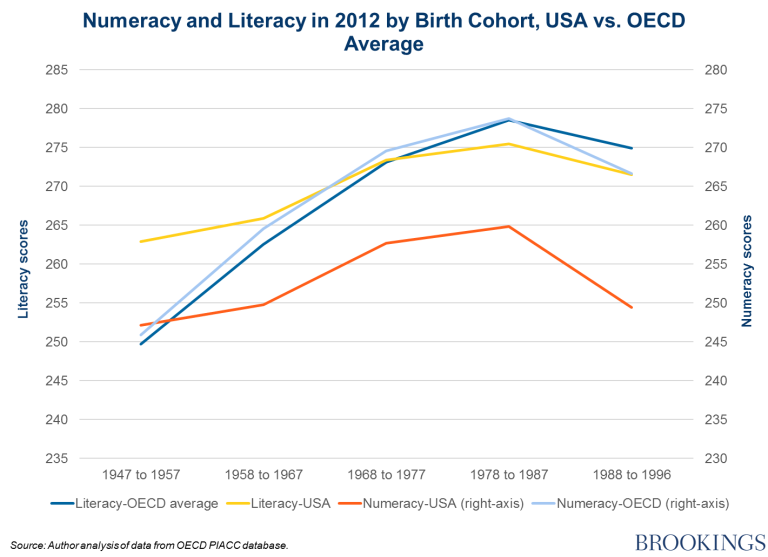By Mia Fatuzzo ’15, News Section Editor
In June, the Supreme Court avoided changing its position on the long-controversial subject of Affirmative action, sending the issue back to a lower court. While this decision leaves Affirmative action in place for now, its future in the American educational system seems uncertain. Established in 1961 by President John F. Kennedy, affirmative action requires that employers act indiscriminately towards their employees, regardless of their “race, creed, color, or national origin.” In 1967, under President Lyndon B. Johnson, affirmative action was extended to women via the addition of “sex” to the list of protected groups. The policy’s role in education has been a much contested one, but today the standards of its use are defined by three court cases, all of which were heard by the Supreme Court.
The first, Regents of the University of California v. Bakke, was heard in 1978. The Supreme Court ruled that the program of admission at the Medical School at the University of California at Davis was unconstitutional, deeming that the process itself, setting aside 16 of 100 open spots for candidates who were of ethnic minorities, could not persist. However, the court noted the school’s interest in diversity compelling, and agreed they instead could, in future admissions, consider race as a “plus” factor.
The second, Gratz v. Bollinger, regarded the process of admission employed by the University of Michigan. The University had been using a 150-point scale to rank and then consider their applicants, with 100 points assuring admission. Applicants of a minority ethnic group were automatically awarded 20 points. (In contrast, a perfect SAT score equated only 12 points.) The Supreme Court ruled this method as unconstitutional, as it contradicted standards set in California v. Bakke, and failed to allow each applicant to be considered individually.
In the third, Grutter v. Bollinger, the Supreme Court upheld the University of Michigan Law School’s race-conscious admissions program, ruling that such a program may favor minorities so long as it takes into account the many other factors, evaluated on an individual basis, of the applicants.
Then, in 2008, Miss Abigail Fisher, who is white, was denied admission to the University of Texas at Austin. She filed suit against the University, asserting that, in denying her application, the University discriminated against her on the basis of her race. (Such discrimination would be in violation of the Equal Protection Clause of the Fourteenth Amendment.)
In 2008, the University of Texas admitted students as per the following plan: students who comprised the top ten percent of their high school class were automatically admitted, and those who ranked lower could win admission based on characteristics such as their talents, scholarship, leadership, circumstances, and race. Fisher, not in the top ten percent of her graduating class, was considered, and denied, under the latter set of standards.
Her case made its way to the Supreme Court in October of 2012. On June 24, 2013, the court released its opinion, which was vacated and remanded by a 7-1 vote. They ruled that the lower court which had previously heard the case did not hold the university to the required “strict scrutiny” standard as defined in previous affirmative action cases, such as Grutter v. Bollinger and California v. Bakke.
The standard, which requires both that the state must have a compelling reason for employing race as a factor while selecting applicants, and that the state must use race only as a narrow factor which affects individuals rather than masses of people in its operation, will be preserved. The ruling will do nothing but send the case back to a lower court for reconsideration. Miss Fisher got her day in court, but it’s yet to be determined if she will get her 100 dollar application fee back, too.









